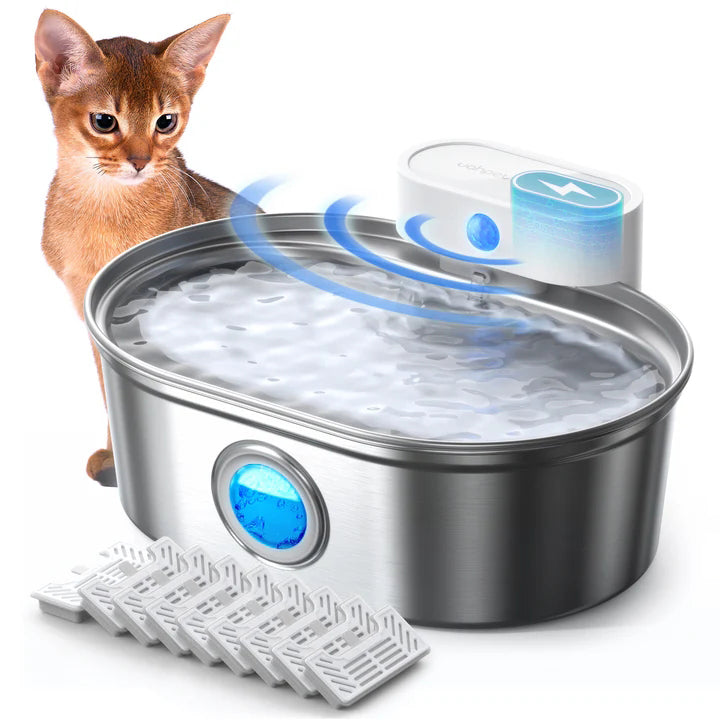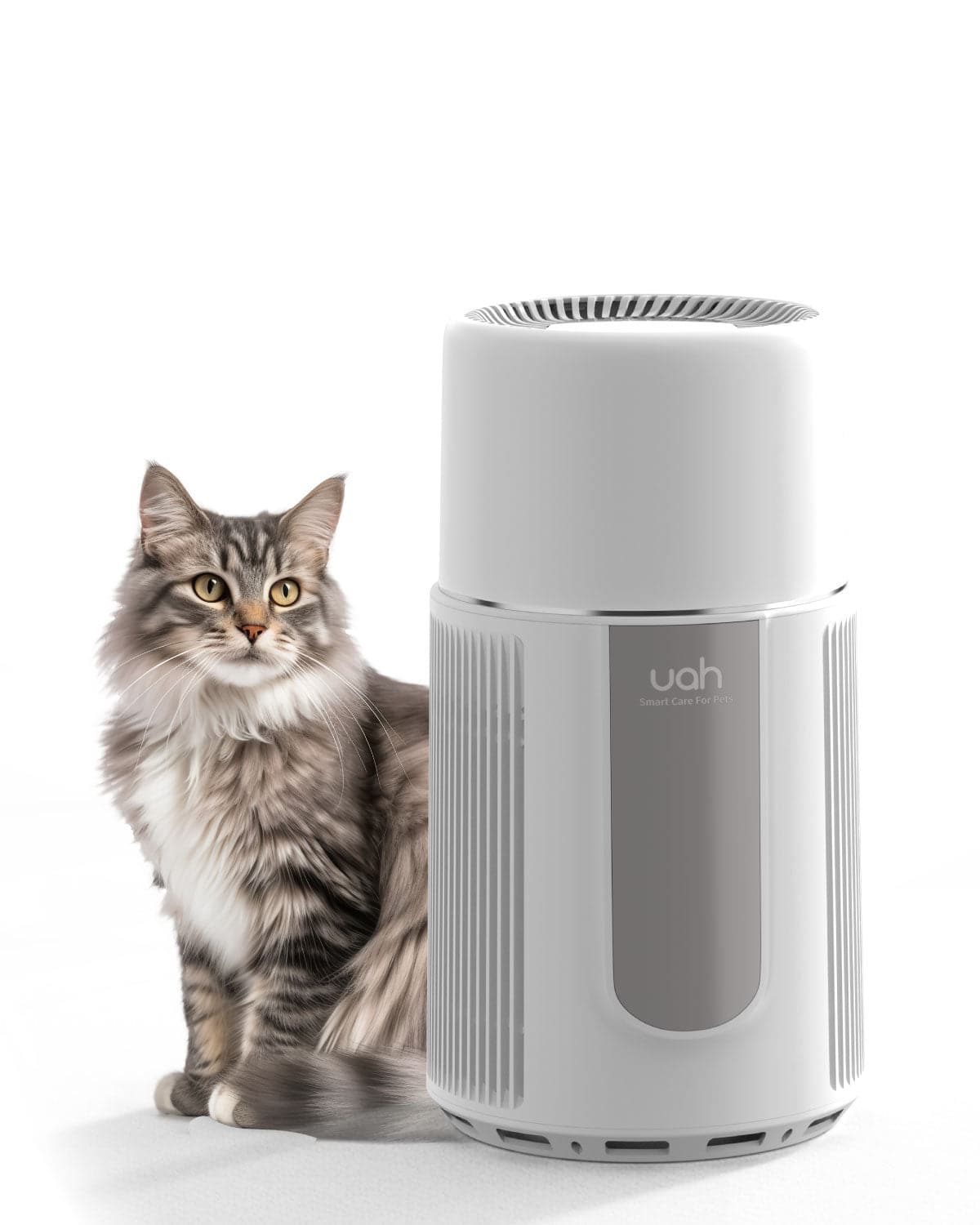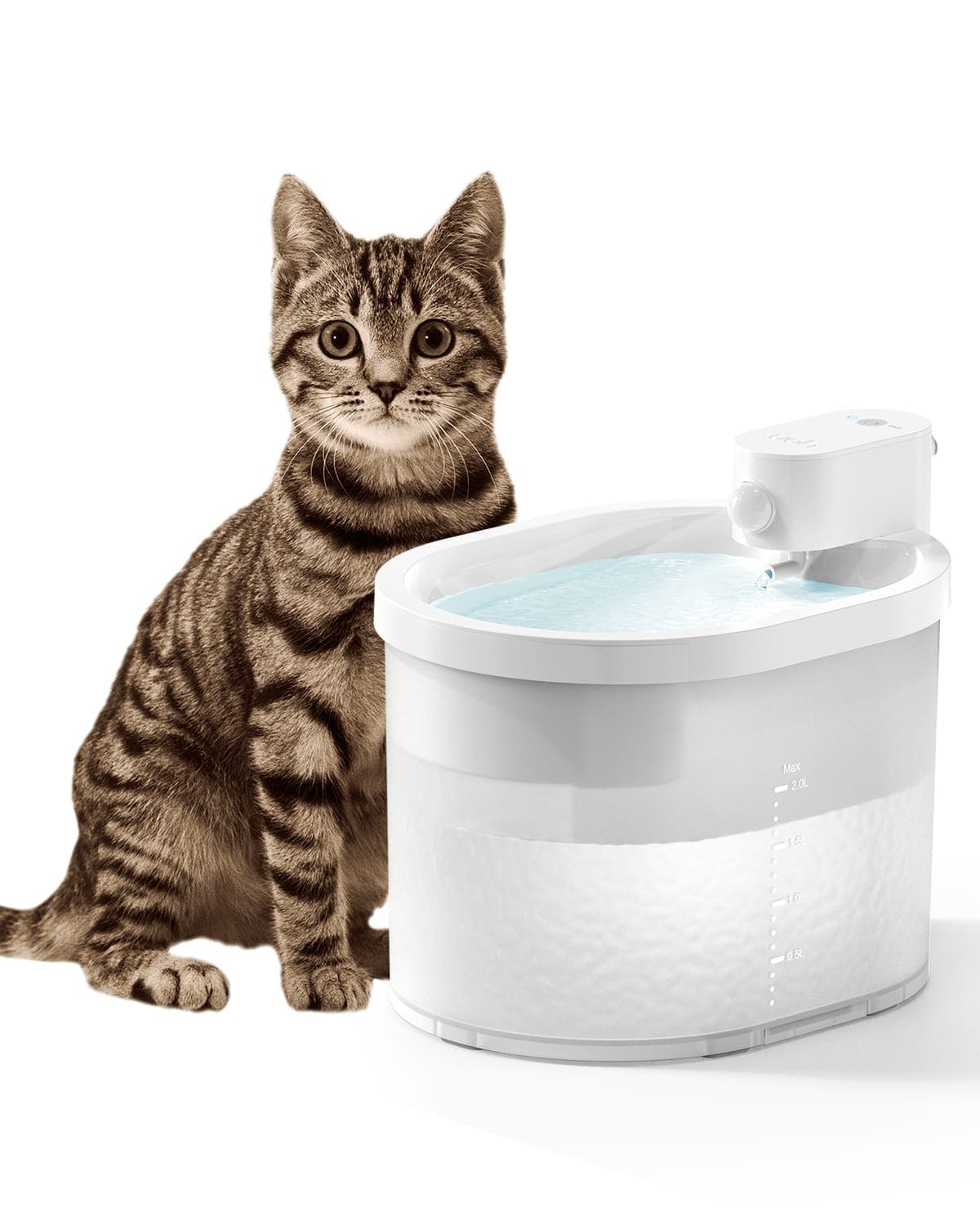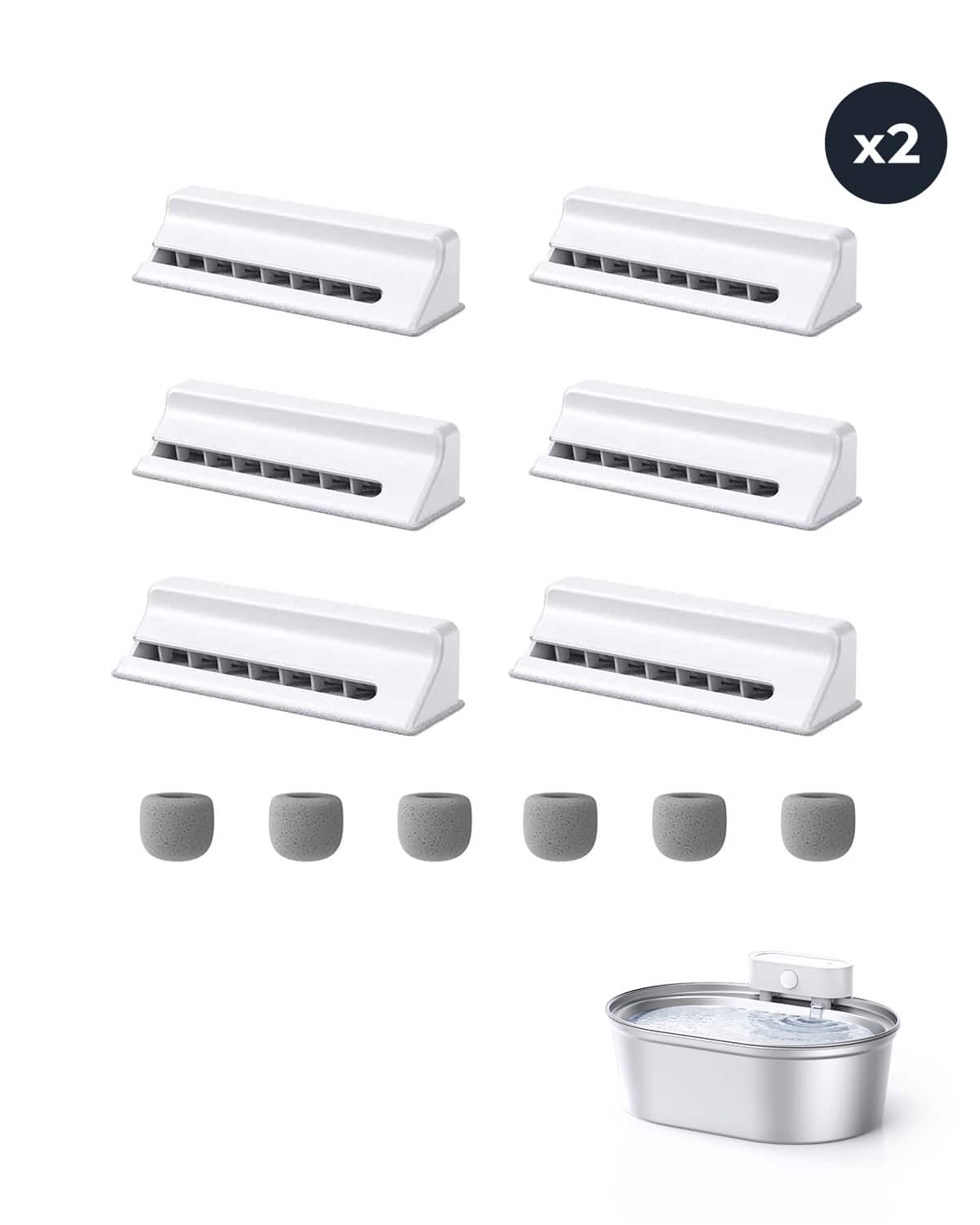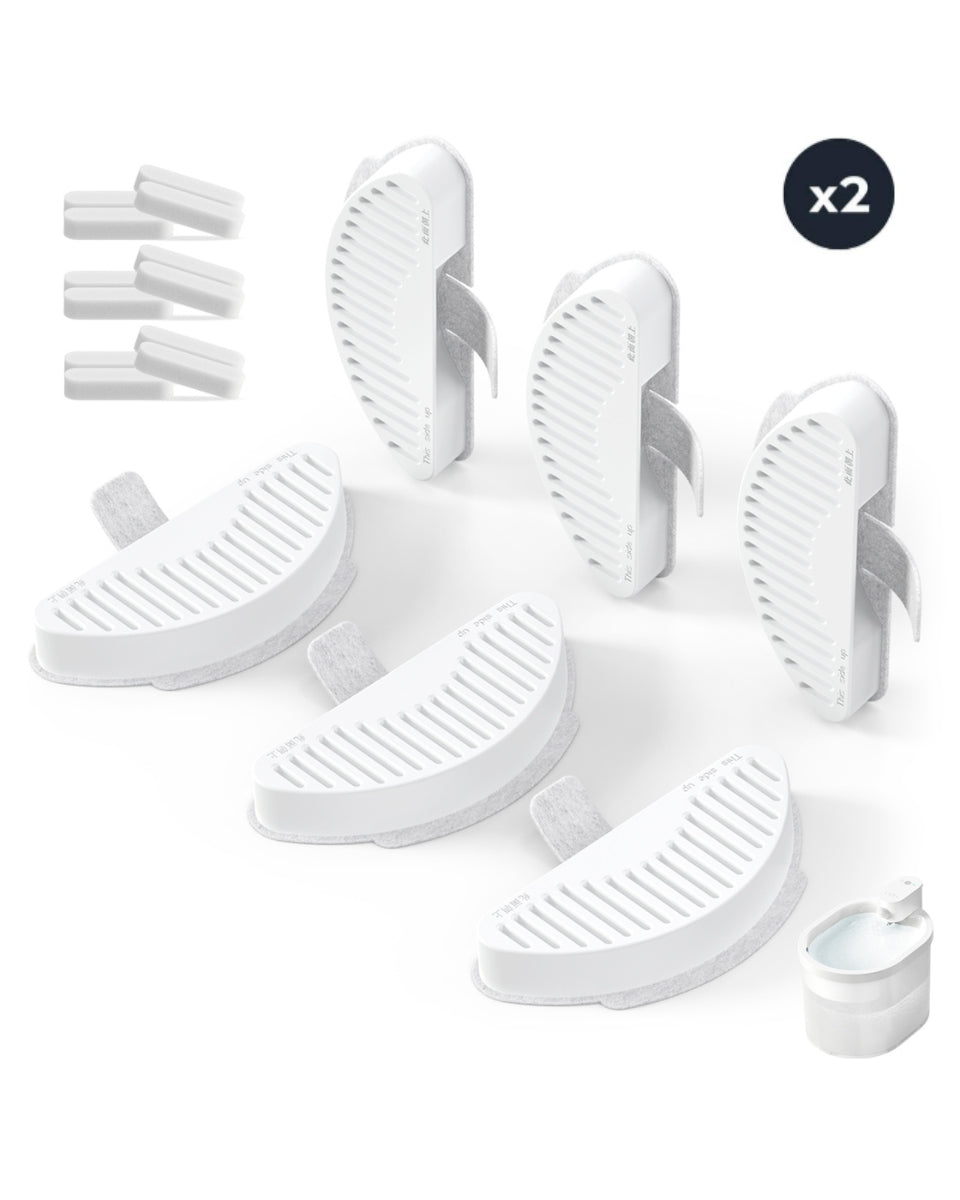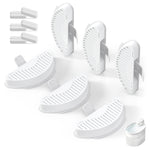For pet lovers who suffer from allergies, the struggle is real. Sneezing, itchy eyes, and constant congestion can make it difficult to enjoy the company of furry friends. Many turn to air purifiers as a potential solution, but do air purifiers work for pet allergies? Let’s dive into the science, benefits, and limitations to uncover the truth.
Understanding Pet Allergies
Pet allergies are triggered by proteins found in an animal’s dander (dead skin flakes), saliva, and urine. These allergens can become airborne and settle on surfaces, making them difficult to avoid. For allergy sufferers, exposure to these particles can lead to uncomfortable symptoms, ranging from mild to severe.
How Air Purifiers Work
Air purifiers are designed to improve indoor air quality by capturing airborne particles. Most air purifiers use filters, such as HEPA (High-Efficiency Particulate Air) filters, to trap allergens like pet dander, dust, and pollen. Some models also include activated carbon filters to reduce odors and UV-C light to neutralize bacteria and viruses.
Do Air Purifiers Effectively Reduce Pet Allergens?
Research suggests that air purifiers can be effective in reducing pet allergens in the air. HEPA filters, in particular, are capable of capturing particles as small as 0.3 microns, which includes most pet dander. However, it’s important to note that air purifiers cannot eliminate allergens entirely. They work best as part of a comprehensive approach that includes regular cleaning, grooming, and minimizing allergen sources.
Factors to Consider When Choosing an Air Purifier
Not all air purifiers are created equal. When selecting a device to address pet allergies, consider the following factors:
- Filter Type: Look for a purifier with a true HEPA filter for optimal allergen capture.
- Room Size: Choose a purifier with a Clean Air Delivery Rate (CADR) appropriate for the room size.
- Maintenance: Regular filter replacement is essential for maintaining effectiveness.
- Additional Features: Some purifiers offer features like air quality sensors or quiet operation, which can enhance usability.
Limitations of Air Purifiers
While air purifiers can help reduce airborne allergens, they have limitations. For example, they cannot remove allergens that have settled on surfaces like furniture or carpets. Additionally, air purifiers are most effective in enclosed spaces and may struggle to keep up in larger or more open areas.
Complementary Strategies for Managing Pet Allergies
To maximize the benefits of an air purifier, consider implementing these additional strategies:
- Regular Cleaning: Vacuum and dust frequently to remove settled allergens.
- Pet Grooming: Bathe and brush pets regularly to reduce dander.
- Allergen-Free Zones: Designate certain areas of the home as pet-free to create a safe space for allergy sufferers.
- Air Ventilation: Ensure proper ventilation to reduce allergen buildup.
Are Air Purifiers Worth It for Pet Allergies?
For many pet owners with allergies, air purifiers can provide significant relief by reducing airborne allergens. However, they are not a standalone solution. Combining an air purifier with other allergen-reducing practices can create a more comfortable living environment.
If you’re considering an air purifier for pet allergies, take the time to research and choose a model that meets your needs. With the right approach, you can enjoy the love and companionship of your pets without the constant discomfort of allergies.


